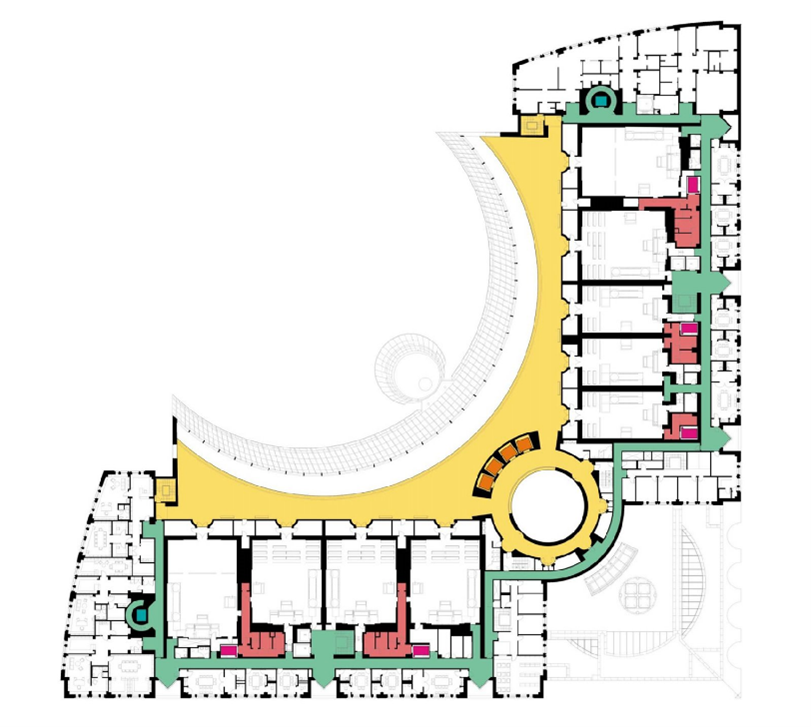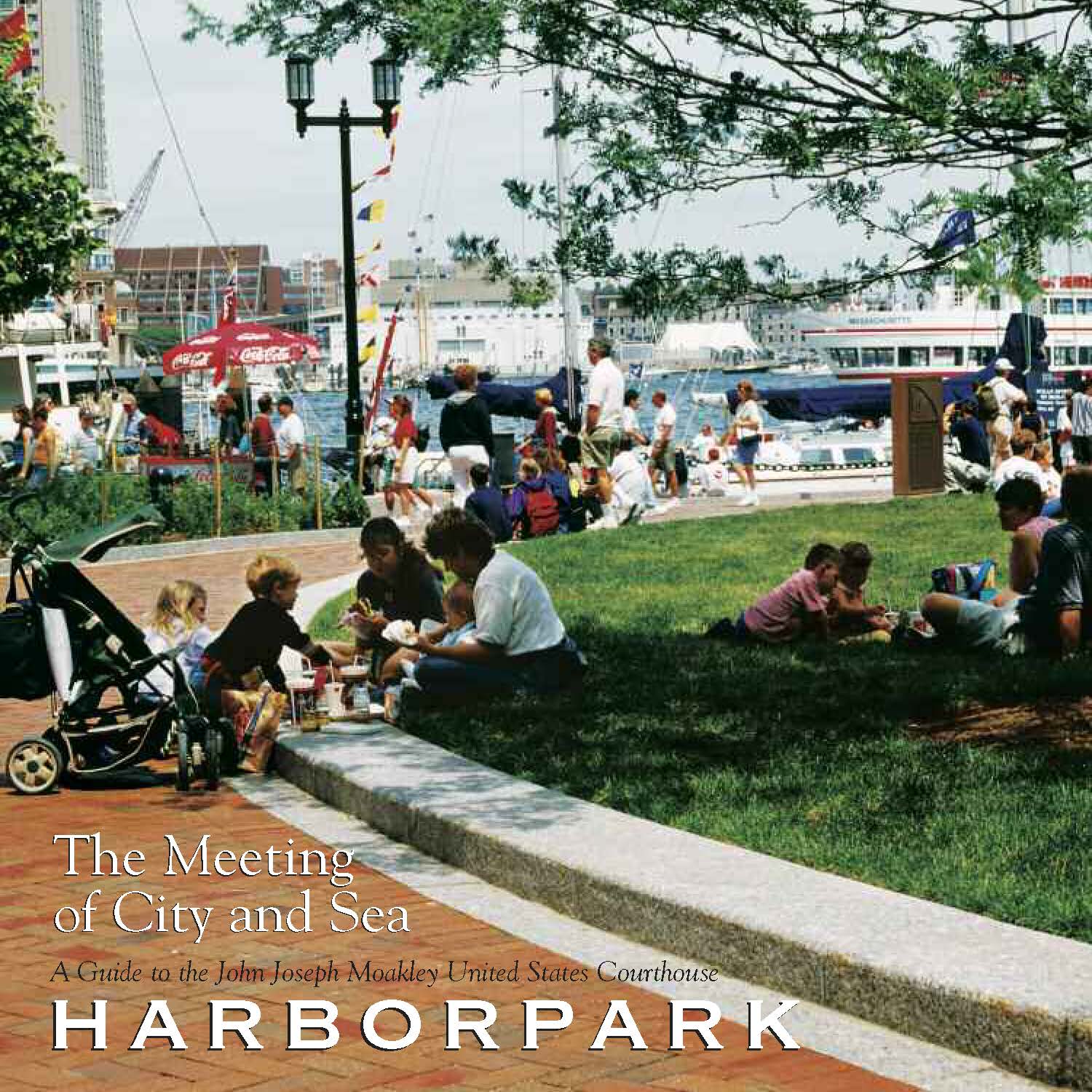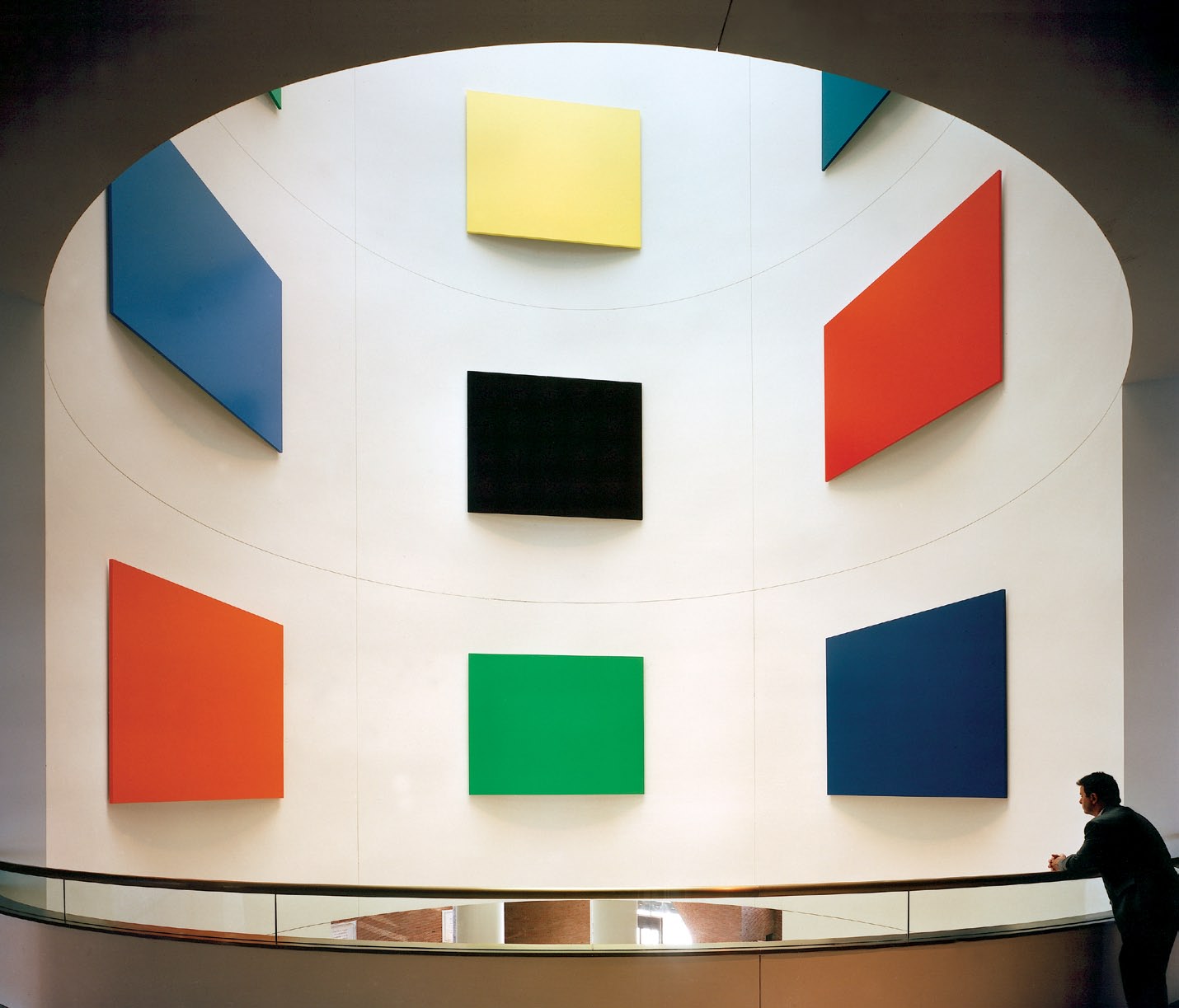History & Architecture: Boston John J. Moakley Courthouse
John J. Moakley Courthouse


The John Joseph Moakley United States Courthouse is located in Boston's waterfront Seaport District on Fan Pier and situated along Boston's Harborwalk. Completed in 1998, it serves as the headquarters for the United States District Court for the District of Massachusetts. It was named after John Joseph Moakley, a Representative for Massachusetts' 9th congressional district from 1973-2001.
At the Moakley Courthouse, more space is dedicated to public use than any other federal courthouse in the United States. That the courts should be open to all was a driving force behind the building’s design. Its large open communal areas reflect ideals of transparency and accountability to the broader public and press. The building’s design is the result of a series of architectural decisions to reflect the principle that every citizen should have equal access to the law.
GSA Design Award Winner
View this video celebrating the Moakley Courthouse’s receipt of the 2016 10 Year GSA Design Award, involving interviews with architect Henry Cobb, Judge Douglas Woodlock, and members of the 2016 Design Awards Jury.

The Meeting of City and Sea
Click here to learn more about the process of designing the Moakley Courthouse on the historic Boston Harbor.
Artwork: The Boston Panels - Ellsworth Kelly
Ellsworth Kelly's art relies on carefully balanced color, form and scale. His vibrant panels for the courthouse in Boston act as chromatic beacons that draw visitors through a series of dramatic architectural spaces. Although the twenty-one panels are installed in seven distinct areas of the courthouse, they function as a single artwork. Their spare and ordered geometry serves as a foil to the more complicated forms of the Boston skyline that are visible through the courthouse’s enormous glass curtain wall. Harry Cobb, the building’s architect, observed that it would be impossible to imagine the courthouse without Kelly's artwork.
Architectural engagement is an important aspect of The Boston Panels. From the earliest years of his career, Kelly pursued a fundamental inquiry into the relationship between painting and architecture. For example, The Boston Panels harkens back to Kelly's early collages Eight Color Pairs (1951) and the series Nine Colors on White (1953 and 1954). These and other paper collages were conceived as studies for architecturally scaled projects. The courthouse in Boston provided Kelly with an opportunity to realize these ideas on a grand scale.
Kelly's use of multiple, monochromatic panels has been likened to the anonymous work of a mason-an especially meaningful comparison for this artwork in a building where the expert laying of countless, handcrafted bricks was so essential. Likewise, Kelly's brilliantly colored panels are not narrative or symbolic. Instead, they isolate and distill fragments of visual experience. Although much of Kelly's early painting and sculpture was first derived from his sketches and collages of observed forms (like shadow patterns on a staircase, a row of shop awnings, or a sliver of hillside), these sources are purposefully obscured. The results are intense concentrations of color and form that cultivate a heightened awareness of the visual environment. Of his work in general, Kelly once stated: "In a sense, what I've tried to capture is the reality of flux, to keep art an open, incomplete situation, to get at the rapture of seeing."
Read more about The Boston Panels

